Mother of Refugees and Displaced
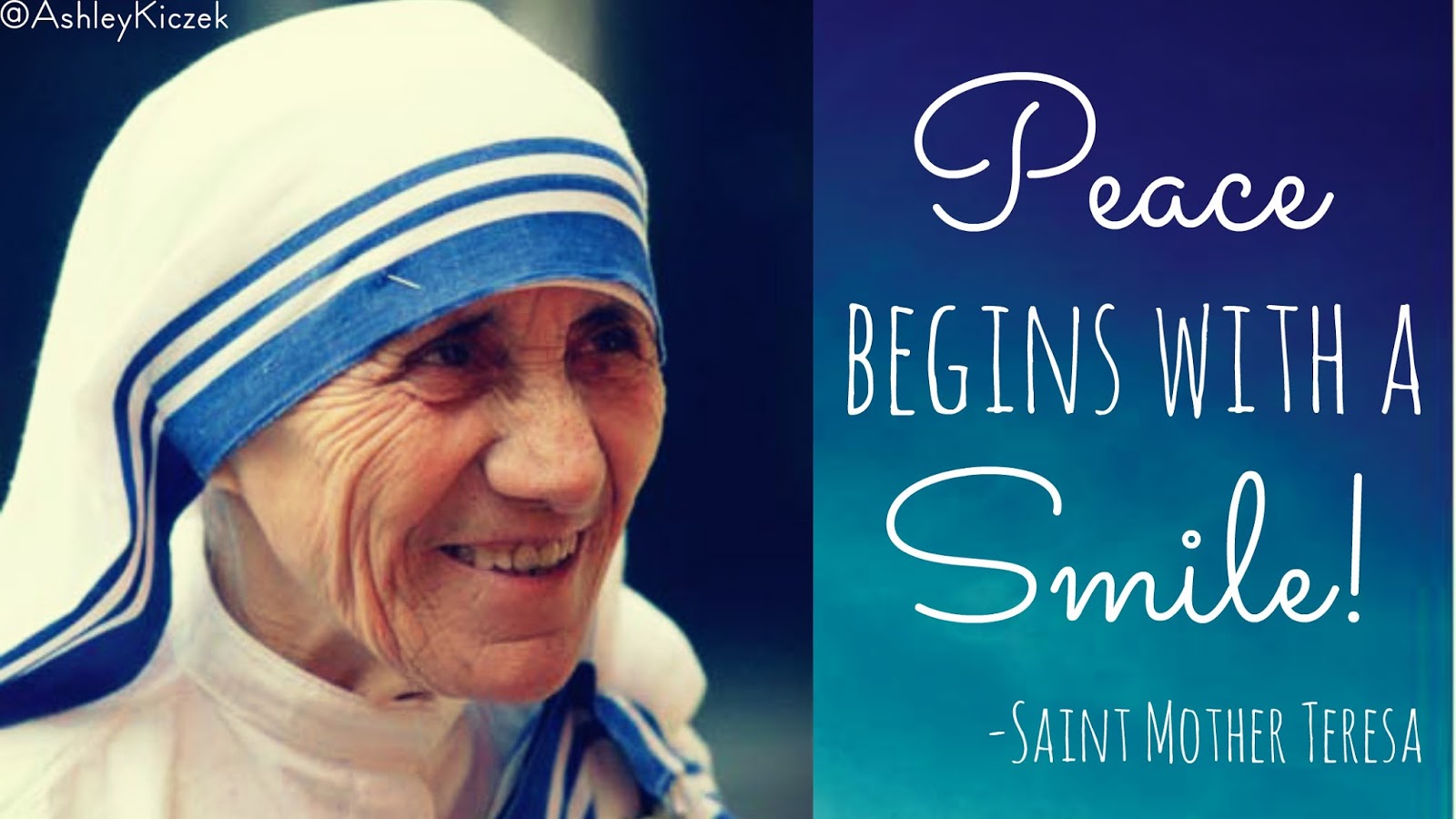
A very enlightening and compact article by Fr Cedric Prakash on St Teresa of Calcutta, whom most Calcuttans and many in the world still call "Mother Teresa", as Pope Francis mentioned during her Canonisation two years ago on 4th September 2016.

Mother Teresa sowed the seeds of her congregation (her order received its official designation as a congregation within the Catholic Church from the Vatican on 7 October 1950) in 1948 when with 12 nuns she moved into the upper floor of Gomes's Retreat, 14 Creek Lane residence of Michael Gomes. Today Missionaries of Charity has branched out to almost all parts of the world except China. Isaac Gomes, Asso. Editor, Church Citizens' Voice.
-*Fr. Cedric Prakash SJ
4 September 2018

Saint Teresa of Calcutta embodies so much: charity and compassion; goodness and generosity; simplicity and sanctity, and much more! She was (and is) the world to the millions of her followers: the poorest of the poor, the dying destitute, the unloved and rejected and others all across the globe. She will always be just a ‘Mother’ to those whose lives she touched with her unconditional love and boundless service.
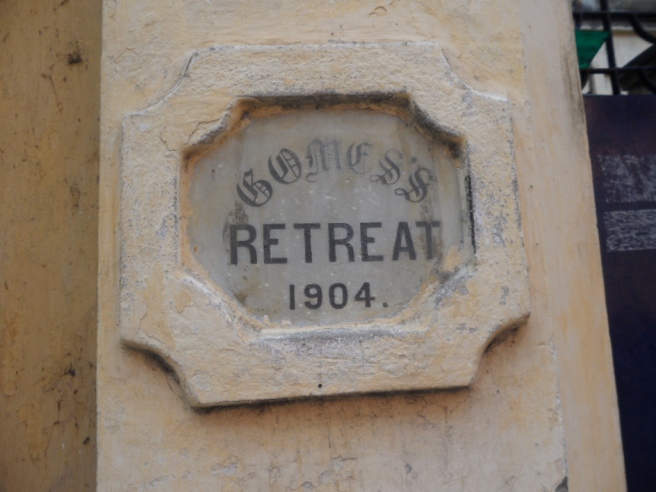
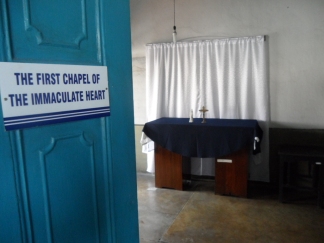
14 Creek Lane house where Mother Teresa started her congregation. Chapel on the upper floor of 14 Creek Lane.
In particular, she was a ‘Mother’ to refugees and the displaced. A little after she received her “inspiration”, the “call within a call” on 10 September 1946 to start a new Congregation, the freedom struggle in India was gaining momentum in India. Mother Teresa and her fledgling Congregation was literally thrown into the days of partition and the bloody aftermath when thousands of refugees from what would become East Pakistan poured into West Bengal. Mother Teresa and her first companions were deeply affected by the situation of these refugees – and they reached out to them in every possible way: caring for them with great compassion besides providing whatever humanitarian assistance possible. In the early years, several of the young girls who joined the Missionaries of Charity were from the erstwhile East Bengal (today Bangladesh).
It was the Bangladesh Liberation War in 1971 that provided a momentum to Mother Teresa’s work among the refugees. An estimated ten million people from the erstwhile East Pakistan fled to India; the majority of them took refuge in the three neighbouring Indian states of West Bengal, Tripura and Assam. Mother and her ‘Missionaries of Charity’ spared no efforts in reaching out to them. With the help of international agencies and other generous donors, the Sisters would provide the refuges with food, clothing and medication. In the midst of the squalor of the Calcutta bastis, Mother Teresa reached out to those who had nowhere to go, intently listening to their woes, with a heart full of love. The refugees knew one thing: this frail woman clad in a white blue-bordered sari cared for them, understood their suffering and stood by them; she was truly a ‘Mother’!
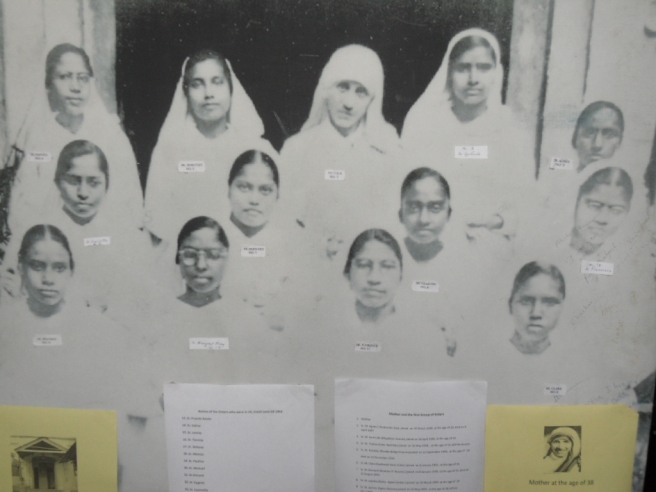
The first batch of 12 sisters of Missionaries of Charity at Gomes's Retreat,14 Creek Lane, Kolkata 700014.
Mother Teresa and her Missionaries of Charity focused solely on the dispossessed of the earth: those who lived in slums and in the peripheries of our societies; the excluded, the unloved and the rejected; the refugees and the displaced; those who were turned away and despised by a society that was slowly becoming more cruel, more inhuman – which had become immune to see people dying on the streets. It was not without reason that every Missionary of Charity takes a special fourth vow of “free and whole-hearted service to the poorest of the poor”. The refugees and the displaced were always an integral part of the vision and mission of Mother Teresa.
During the time of Mother Teresa and even now, her sisters are present in countries torn by war and violence. They continue their work with total dedication in Syria and in Iraq, in Congo and Somalia, in Myanmar and Bangladesh and in several other troubled spots of the world today. They care for the refugees and the displaced, with a particular focus on the destitute, the dying, the orphans, the widows and the other excluded. Mother Teresa abhorred war and violence and how these destroyed the lives of ordinary people. On 14 August 1982 after assisting to evacuate 37 handicapped children from a mental hospital in the Sabra refugee camp in Lebanon she said, “I have never been in a war before, but I have seen famine and death. I was asking myself, what do they feel when they do this. I don’t understand it. They are all the children of God. Why they do it, I don’t understand.”
Mother Teresa’s concern for the refugees is also contagious. In 2016 Saimir Strati, an Albanian artist unveiled a portrait of Mother Teresa using staples, in a call for European countries to stop raising fences to shut their borders to refugees. The 10-square-meter mosaic portrait of Mother Teresa, built with 1.5 million wire staples, is at the National Museum of Kosovo in the capital, Pristina. Strati's idea came after seeing hundreds of thousands of Syrian refugees coming to Europe while diplomacy and politics failed to resolve their situation. He strongly stated that, "only Mother Teresa's humanism may save them,” he detested that some countries have erected fences to hold back refugees coming to Europe for a better life.
In 1979, awarding Mother Teresa the Nobel Peace Prize, the Norwegian Nobel Committee wrote in their citation, “In making the award the Norwegian Nobel Committee has expressed its recognition of Mother Teresa's work in bringing help to suffering humanity. This year the world has turned its attention to the plight of children and refugees, and these are precisely the categories for whom Mother Teresa has for many years worked so selflessly. “Even after almost fifty years, that painful reality of ‘suffering humanity’ still exists. Mother Teresa reminds us, “at the end of life we will not be judged by how many diplomas we have received how much money we have made, how many great things we have done. We will be judged by ‘I was hungry, and you gave me something to eat, I was naked and you clothed me. I was homeless, and you took me in.’”; and on another occasion, "we think sometimes that poverty is only being hungry, naked and homeless. The poverty of being unwanted, unloved and uncared for is the greatest poverty. We must start in our own homes to remedy this kind of poverty.”
Exactly two years ago on 4 September 2016, Pope Francis canonized Mother Teresa in Rome. In his homily at that ceremony, he said, “Her mission to the urban and existential peripheries remains for us today an eloquent witness to God’s closeness to the poorest of the poor. Today, I pass on this emblematic figure of womanhood and of consecrated life to the whole world of volunteers: may she be your model of holiness! I think, perhaps, we may have some difficulty in calling her “Saint Teresa”: her holiness is so near to us, so tender and so fruitful that we continual to spontaneously call her “Mother Teresa”. May this tireless worker of mercy help us increasingly to understand that our only criterion for action is gratuitous love, free from every ideology and all obligations, offered freely to everyone without distinction of language, culture, race or religion. Mother Teresa loved to say, “Perhaps I don’t speak their language, but I can smile”. Let us carry her smile in our hearts and give it to those whom we meet along our journey, especially those who suffer. In this way, we will open up opportunities of joy and hope for our many brothers and sisters who are discouraged and who stand in need of understanding and tenderness”.
Mother Teresa truly did all she could to welcome, protect, promote and integrate refugees and the displaced. Her Missionaries of Charity today continue the work with the legacy she has left them. As we celebrate the Feast of St Teresa of Calcutta on 5 September, we are all called to imitate her in deed and be welcoming and inclusive to the ‘other’. For Mother Teresa that ‘other’, that ‘outsider’ was always, a child of God, endowed with dignity and grace; a sister and a brother. For the refugees and the displaced, this beloved Saint, will always be a ‘Mother’.
*(Fr. Cedric Prakash SJ a close associate of Mother Teresa and the Missionaries of Charity, is a human rights activist; he is engaged with the Jesuit Refugee Service in the Middle East. Contact: cedricprakash@gmail.com)


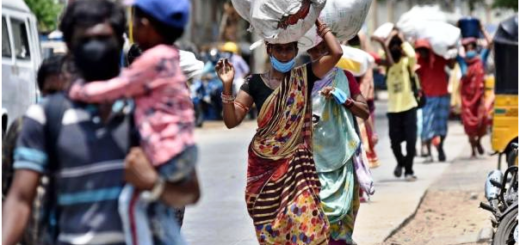
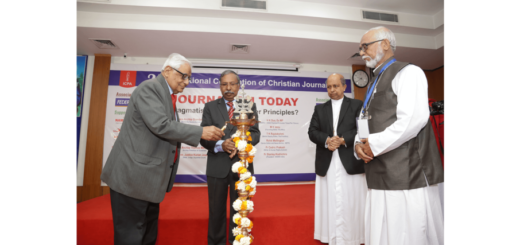













Congratulations dear Isaac. Your efforts to report in CCV classic articles and debated issues connected to Church is really praiseworthy. Let CCV grow as an independent and reliable online media for all Church Citizens. Love your efforts Isaac.
Thank you so much Josephji for your kind appreciation.